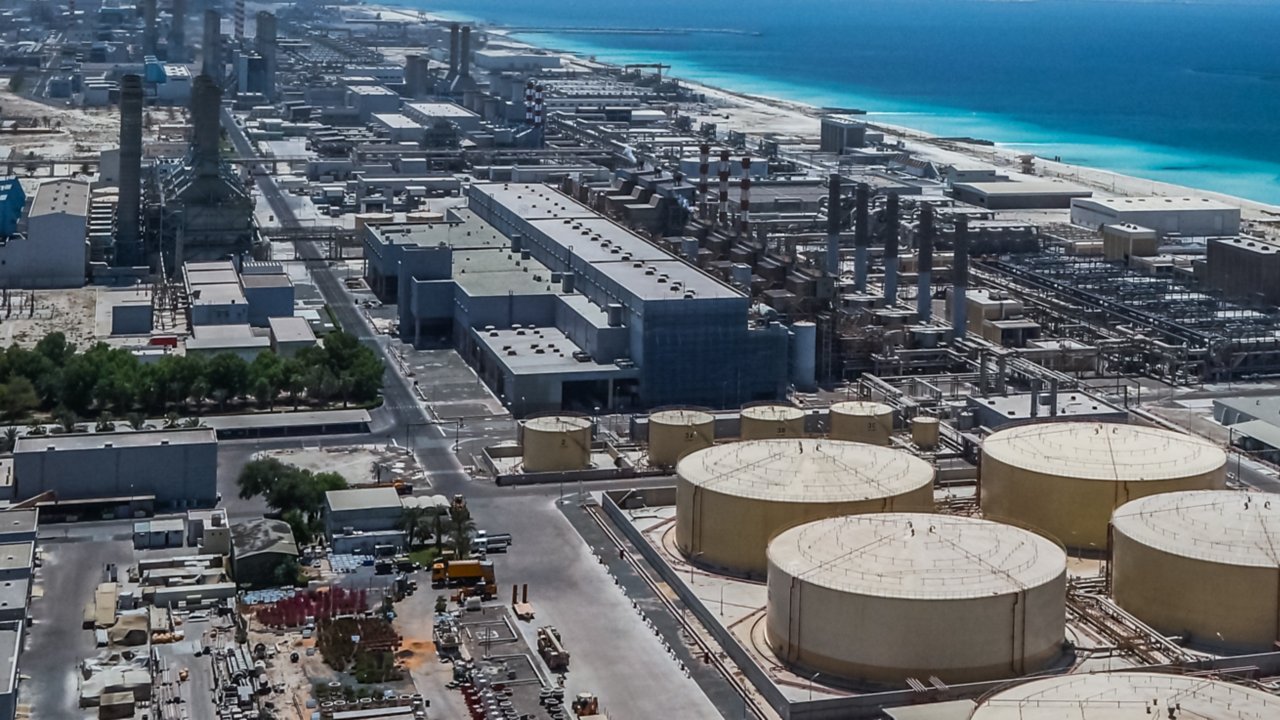It’s fair to say that most of us in the developed world take our household supply of potable water for granted. Like gas, electricity and more recently Wi-Fi, it’s literally an on-tap commodity that we tend not to think too much about… we don’t need to.
But with climate change, population growth, societal migrations into existing cities and newer habitats, coupled to a finite natural freshwater supply, water is turning into a utility of concern for many countries, even those with plentiful rainfall.
When you look at the figures, you can see why this is not a straightforward issue. National Geographic sums it up rather succinctly: “While nearly 70 percent of the world is covered by water, only 2.5 percent of it is fresh… just 1 percent of which is easily accessible, with much of it trapped in glaciers and snowfields. In essence, only 0.007 percent of the planet's water is available to fuel and feed its 6.8 billion people.”
This scarcity is compounded by the additional demand from agriculture and farming to feed our growing population, with National Geographic illustrating this perfectly again, with the sobering fact that the average hamburger takes 2,400 liters (630 gallons) of water to produce!
Investment and transformation
Add a lack of investment and the legendary inertia of governments to invest time and effort into upgrading systems, and the problem gets deeper and more widespread. This is why many state-owned operations are looking to commercial companies to help them address the shortfall and lack of dynamism, and to bring infrastructure up to a standard that is far more efficient and much more sustainable.
Historically, we find that the utility sectors have smaller margins, unsure value propositions and limited guidance from governing bodies. This has made them slow to adopt digital technologies that would have addressed efficiency and supply before they became concerns. Considering climate change concerns and the need to conserve natural resources, the value provided by technology adoption can no longer be ignored. Technology providers are driving an accelerated digital transformation to scale current offerings.
The urgency of this need is summed up by the 2030 Water Resources Group in its publication ‘Charting Our Water Future: Economic frameworks to inform decision-making’, explains: “In just 20 years, this report shows, demand for water will be 40 percent higher than it is today, and more than 50 percent higher in the most rapidly developing countries. Historic rates of supply expansion and efficiency improvement will close only a fraction of this gap. Unless local, national, and global communities come together and dramatically improve the way we envision and manage water, there will be many more hungry villages and degraded environments — and economic development itself will be put at risk in many countries.”
Following the oil
We are already seeing heavy development in the Middle East and Africa – as population centers follow and evolve around oil-based exploration, migration, and extraction, which in turn deliver the economic conditions in which other industries and suppliers (and their associated workforces) can thrive.
And it is these greenfield sites – which will more often than not exploit desalination – that can set a benchmark for the rest of the world to follow.
As a highly energy-intensive process, extracting the maximum efficiency from any desalination operation – and its subsequent storage, transmission, distribution, and use – is a primary goal. And this is where digital transformation through smart and connected systems will come to the fore.
Learn from other industries
In fact, these emerging water infrastructures can learn a thing or two from the oil & gas operations they are following. With the oil and gas industry in an almost constant state of economic flux, owner operators were quick to embrace the idea of digital transformation, seamless integration, and robust operational data pathways from well head to tank farm. An approach that has saved millions of hours, dollars, emissions and problems.
Thanks to public/private partnerships and the involvement of commercial organizations (who are more cost/profit sensitive than governments) there lies amazing potential to create an industry that defines what a digital transformation can deliver.
The entire supply chain
From desalination, through storage, transmission, distribution and eventual use, digital technologies at every stage will allow operators to wring every drop of efficiency out of their processes, while reducing leaks and wastage to an absolute minimum. Indeed, the tariff per cubic meter for desalinated water is falling, as reverse osmosis technologies improve and energy generation transitions to cleaner renewable formats.
Enhancing efficiency through digital transformation addresses Total Cost of Ownership (TCO) across the water process, driving sustainable outcomes for the entire water supply chain and the planet.
We at Rockwell Automation, believe information is the key to sustainability. Every day, we help tens of thousands of customers make data-driven decisions that benefit both business and the planet. We help customers leverage digital transformation to reduce global impact through smart and connected systems. Greater connectivity unlocks even greater potential. The realization of this potential relies on the contextualization of valuable production data and insights that can work to improve processes, efficiency, and drive sustainable outcomes
Bringing it together, we need to maintain the momentum and improve these figures, by bringing desalinated water down to $0.20/m3 while continuing to cut carbon emissions. Other industries have proven that digital transformation create paradigm shifts in efficiency and proactivity; with these clean slates the water industry can too.

